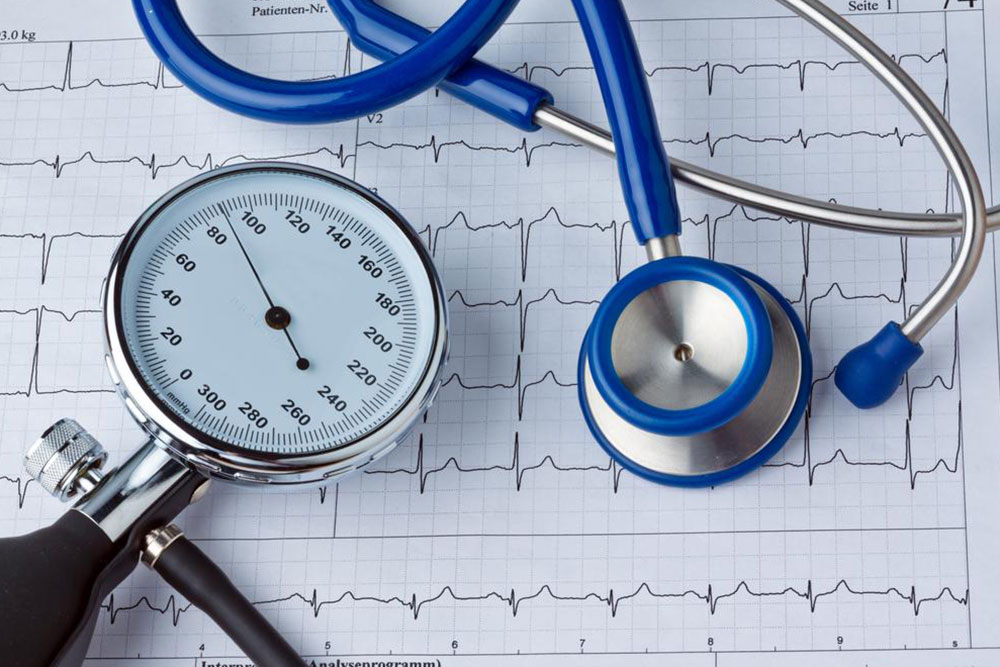High blood pressure chart and its meaning
When a doctor takes your blood pressure reading, he gives a fraction. This fraction is the blood pressure reading. The number on top is known as systolic pressure and the number on the bottom is the diastolic pressure. Systolic pressure signifies the amount of pressure in the arteries during the contraction of heart muscles. Diastolic pressure signifies the amount of pressure of the heart muscle in between the beats. Both the numbers are important for the determination of the health of your heart.
Normal reading
The normal reading for blood pressure should be 120/80. The systolic pressure must be in the range 90-120 and the diastolic pressure must be in the range 60-80.

Blood pressure readings are usually given in millimeters of mercury. That is, a normal reading would be known as 120/80 mmHg. If you have a normal reading, then you do not need any medical intervention. In order to do so, you must follow a healthy lifestyle. Regular exercise, balanced diet, and weight management can be of great help.
Prehypertension
If your blood pressure reading is more than 120/80 mmHg, then you have to be alert and switch to a healthier lifestyle.
The above-stated numbers are not considered as high blood pressure. But they are beyond the normal range. There is a good chance of prehypertension turning into high blood pressure. You are at a high risk of a stroke and other heart diseases. Pre-hypertension does not require any medication, but you have to start leading a healthy life. A balanced diet, weight loss, and daily exercising will help you bring your blood pressure down to the normal range.
Stage 1 of hypertension
You will be diagnosed with high blood pressure when the systolic pressure is in the range 140-159 mmHg and the diastolic pressure is in the range 90-99 mmHg. This is the stage 1 of hypertension or high blood pressure. Stage 1 of hypertension is usually diagnosed when the blood pressure reading remains high over a long period of time. Your doctor will help you to keep track of your blood pressure reading. He/she will prescribe medications if your blood pressure does not come down after starting a healthy lifestyle.
Stage 2 of hypertension
The second stage of hypertension is when the blood pressure reading shows the systolic pressure as 160 or more and the diastolic pressure is 100 or more. The doctor will prescribe one or two medications to bring down the high blood pressure to the normal level. But you must never rely only on the medications. A change in your daily lifestyle is always recommended to keep your blood pressure in check.
Hypertensive crisis
If the blood pressure reading is more than 180/110 mmHg, then it signifies a serious health issue that needs to be checked immediately. You must go in for an emergency check-up if your blood pressure is that high. It is best to visit the doctor immediately, if you are also experiencing chest pain, sweating, dizziness, blood in urine, and other difficulties.

